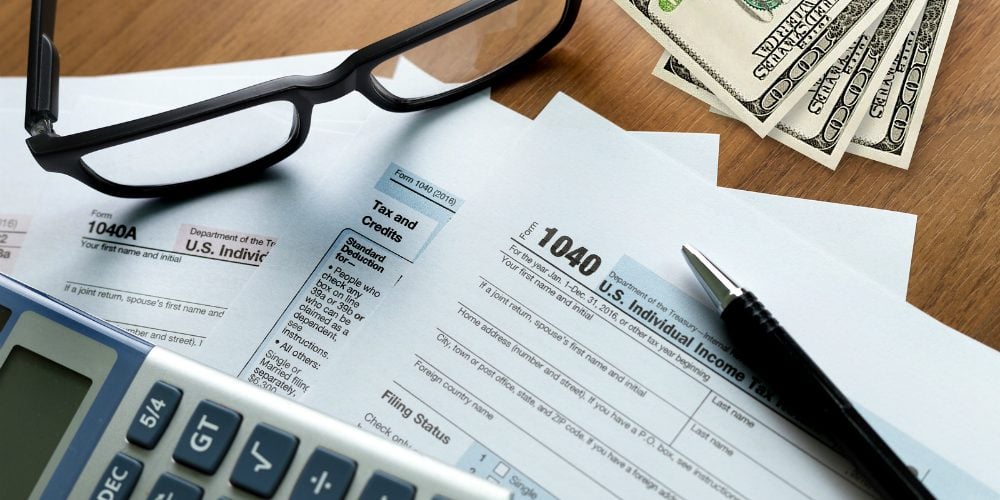Maximum number of ACH deposits for tax refunds

It is that time of year, so let’s talk about Automated Clearing House (ACH) direct deposits for tax refunds. Recently, we received a great question from a credit union asking if credit unions are required to limit the number of tax refund deposits into a single member account.
Credit union members may receive multiple tax refunds deposited electronically into a single account. This could be in cases when there are multiple account owners, each receiving a refund or cases in which a parent allows a child’s refund to be directly deposited in the parent’s account. In other cases, it could be tax preparers accepting deposits on behalf of their clients. And, in more serious situations, it could be an identity thief who fraudulently filed a tax return awaiting a victim’s refund, along with countless others. Whatever the case may be, multiple tax refund deposits can look like red flags, but the reality is that taxpayers may need to have his or her own account to accept tax refunds.
NACHA Rules do not speak to having a requirement on the RDFI to limit the number of ACH deposits into a single account. Title 31 of the Code of Federal Regulations, Part 210.5 requires Federal payments be sent to a deposit account at a financial institution in the name of the recipient. The deposit limitation that the credit union called about actually stems from IRS procedures created in 2015, to help prevent taxpayer fraud and identity theft. The IRS complies by limiting the number of direct deposits to a single account or prepaid debit card to three. And any taxpayer exceeding the limit for an electronically deposited refund will receive a paper refund check.
continue reading »
